Re: Restoring original muskets
That is exactly the right way to do it. However, the put together frankenmuskets are not welcome everywhere you might do living history. I had a rather short discussion with the black powder safety officer at the battlefield park about the use of my put US model together, which they did not allow because a piece of history would be lost if it were damaged, but to my thinking this is not the case at all. It is a collection of disassociated parts rescued from the dust bin of history. It is now performing a valuable function lending excellent insight into how an actual Civil War arm looked, felt and functioned. I still use it, just not out there.
The issue should be: "Is it safe" for historic weapons demos? But you know the US Govt...their policy is reproductions only whether that makes any sense or not. I had to use a park service loaner for the day, which was one of those ten lb. Euroarms clunkers.
Originally posted by SyLibby
View Post
The issue should be: "Is it safe" for historic weapons demos? But you know the US Govt...their policy is reproductions only whether that makes any sense or not. I had to use a park service loaner for the day, which was one of those ten lb. Euroarms clunkers.






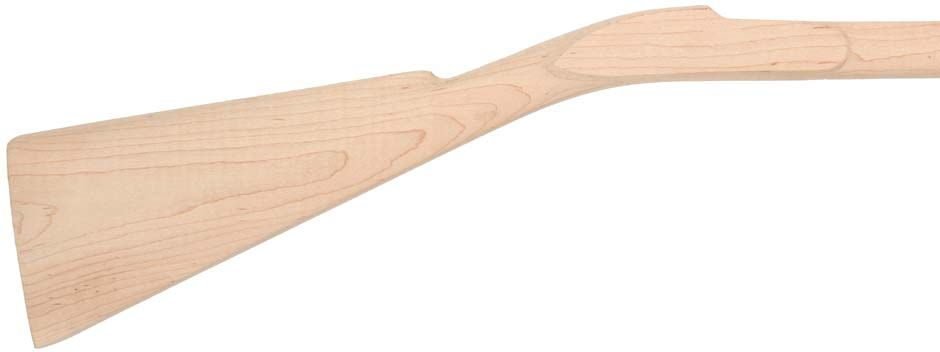
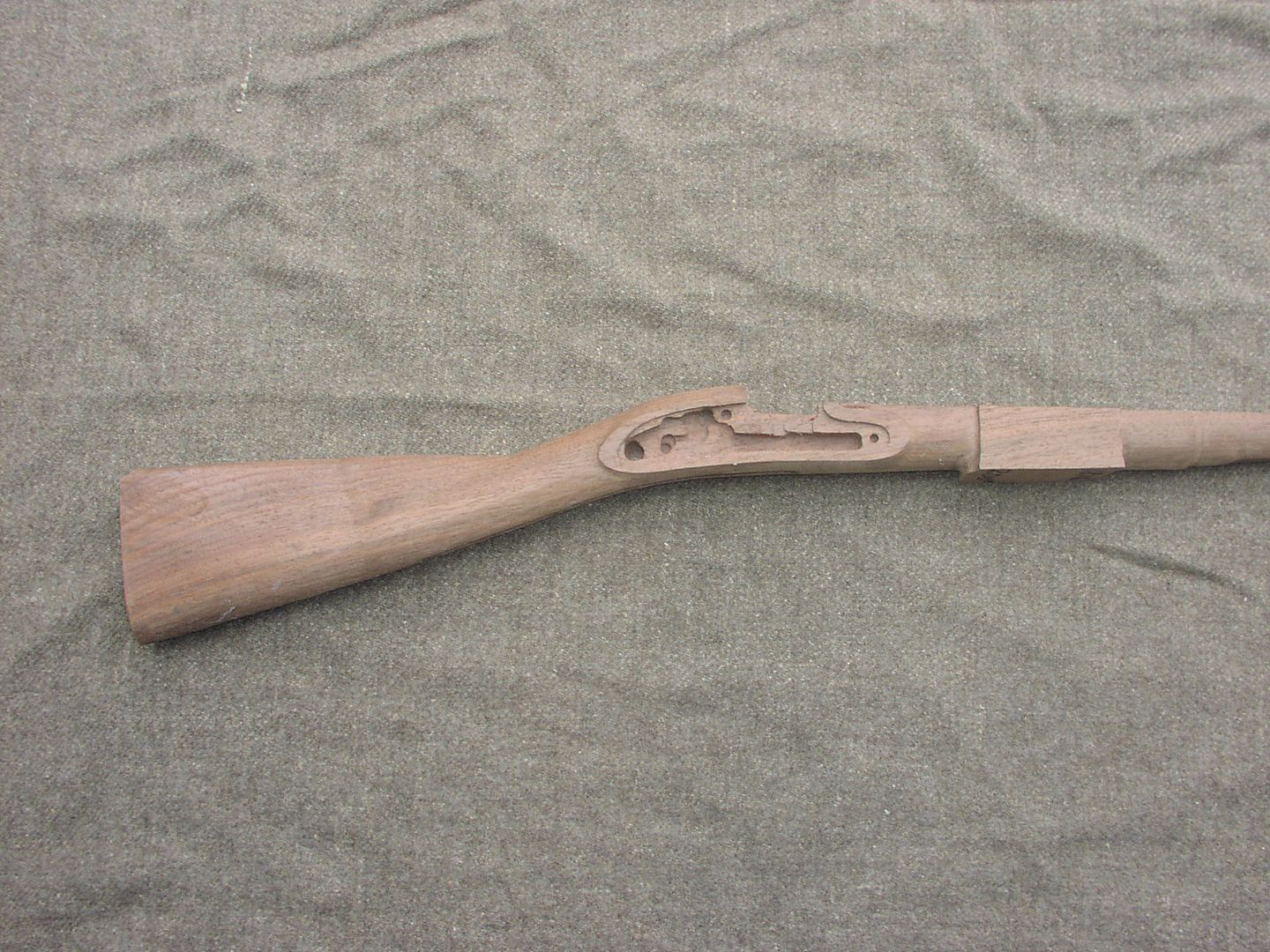
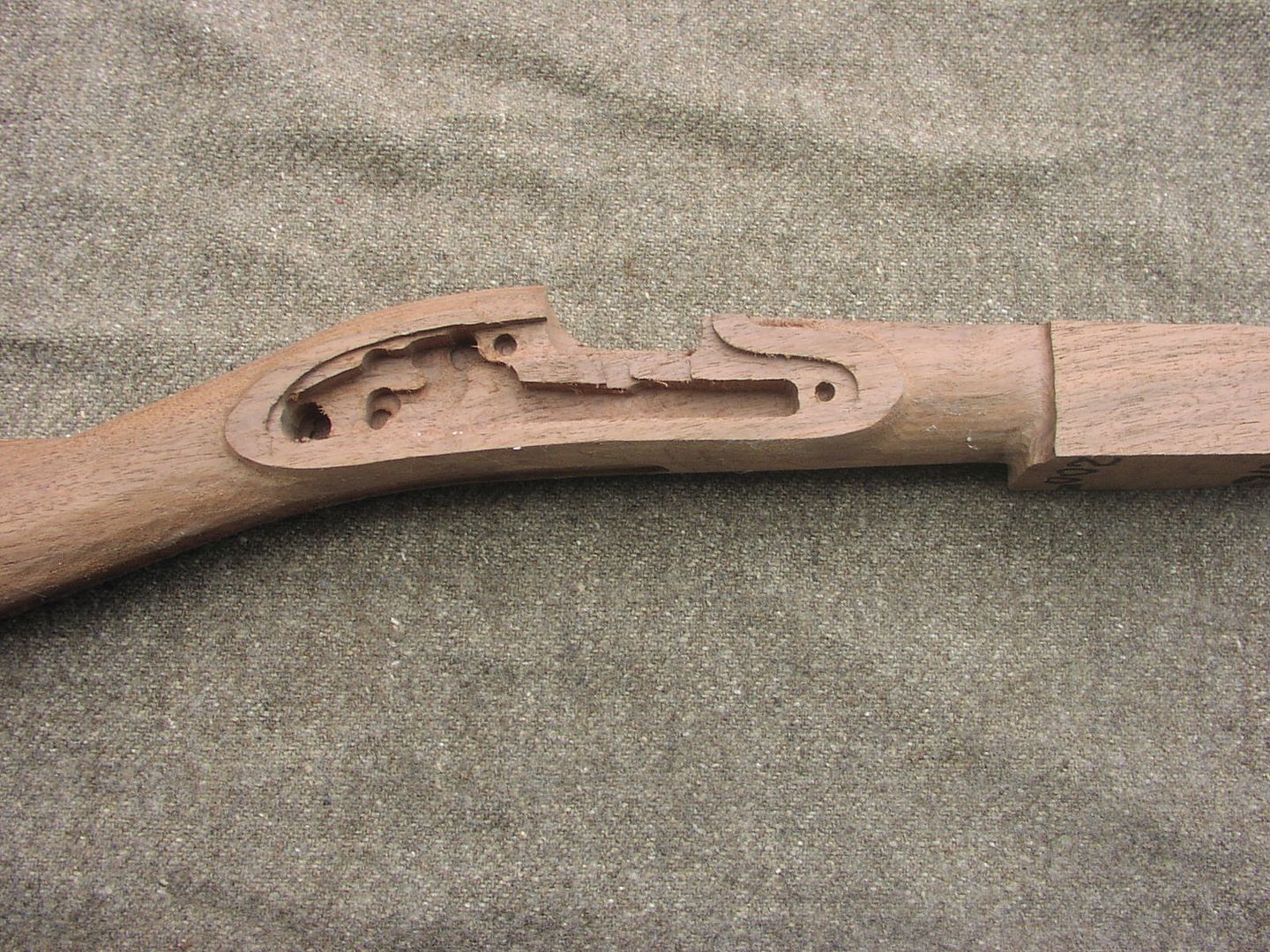
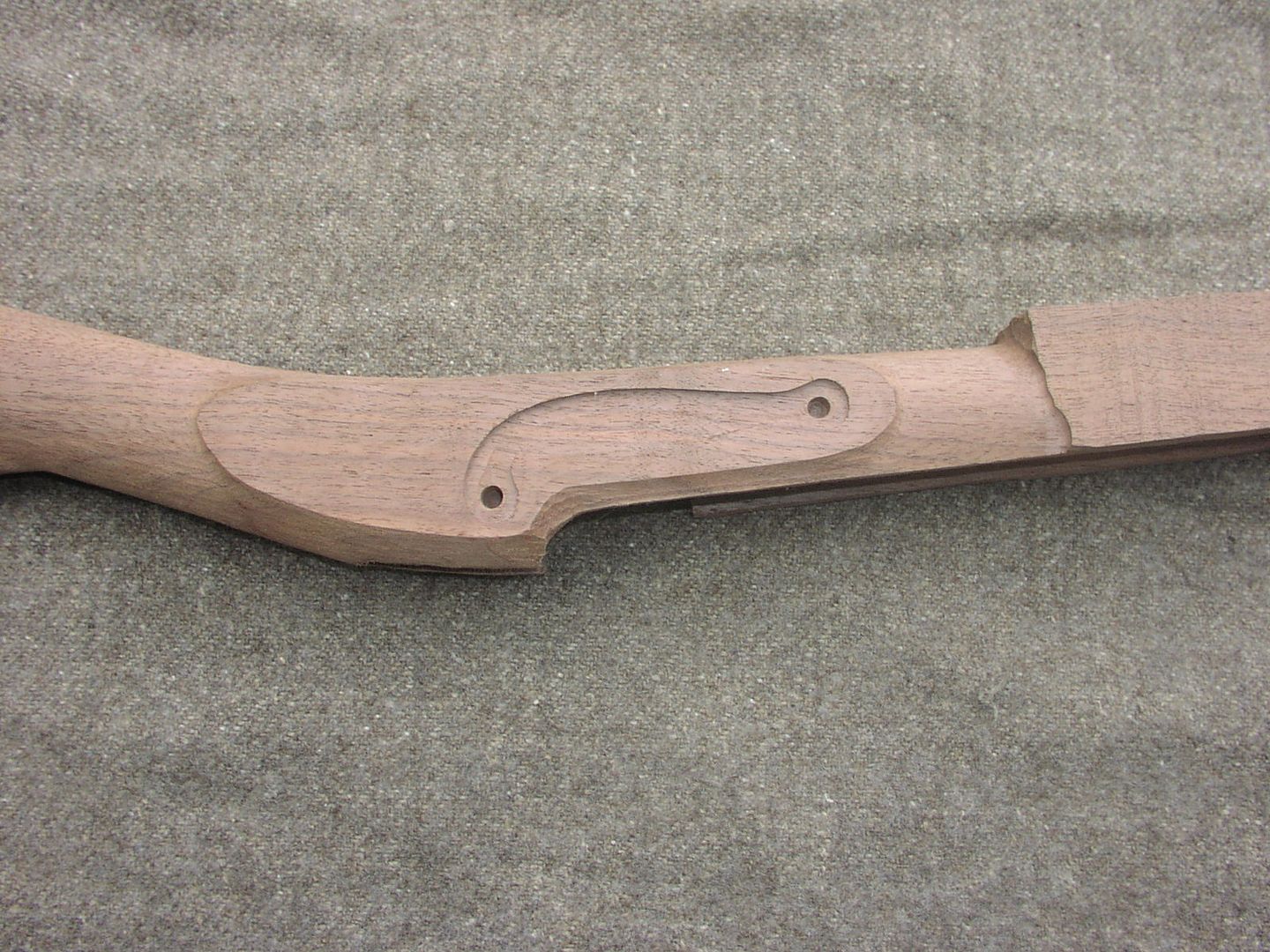
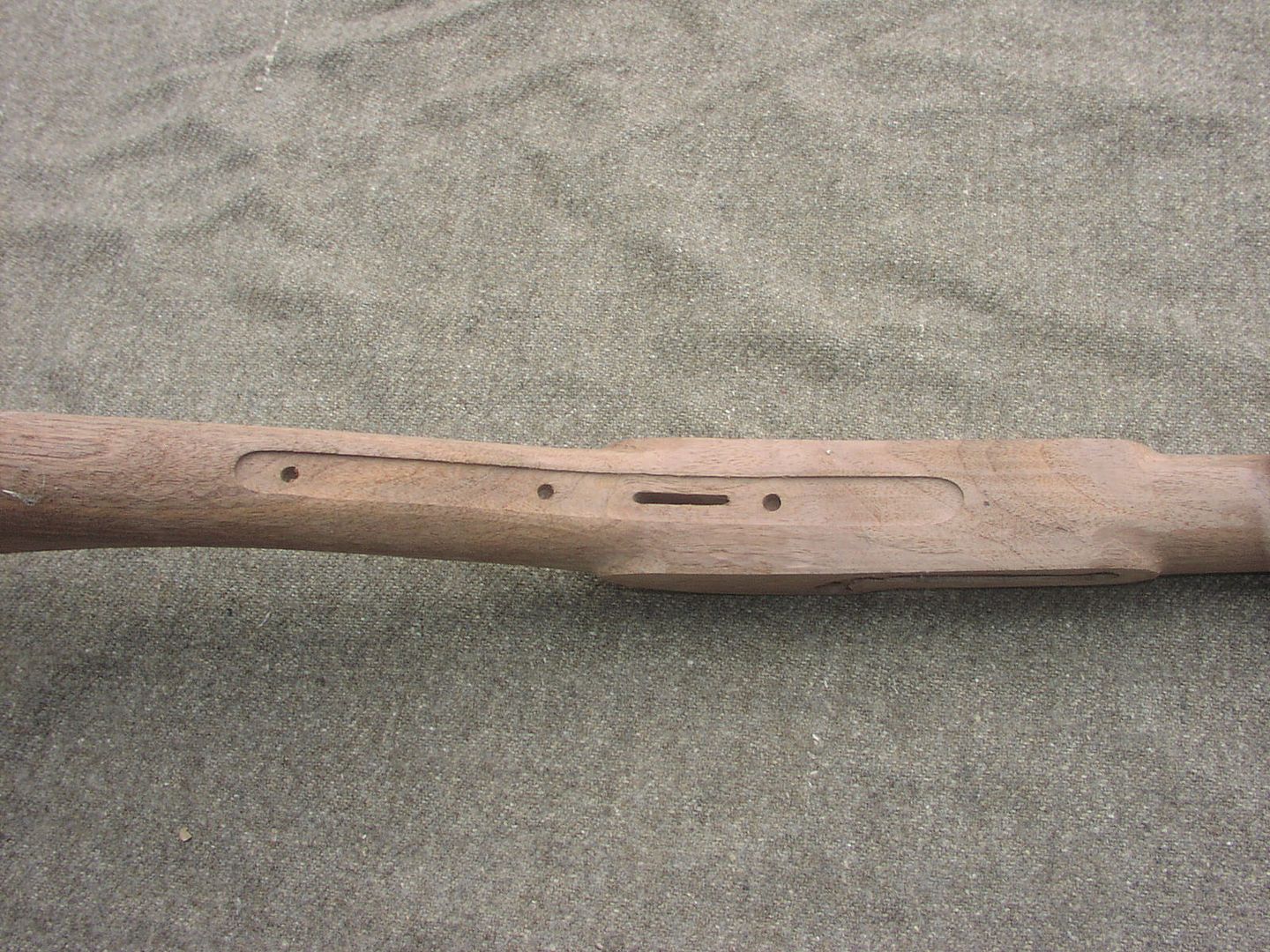
Comment